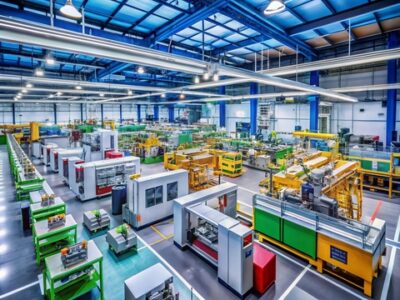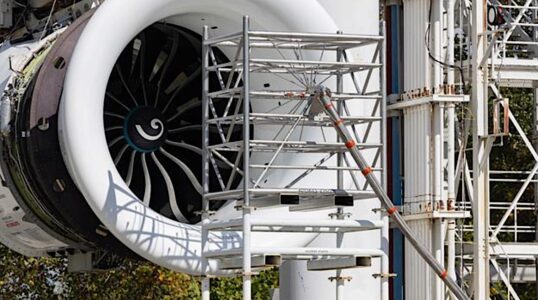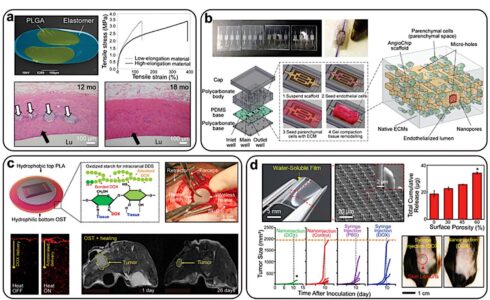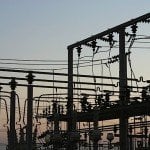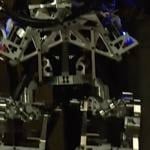New demonstrations from private fusion companies show that artificial intelligence is now an essential engineering tool for designing and controlling the superconducting magnets that make net-energy fusion possible.
The path to commercial fusion energy is being paved not just with advanced physics, but with advanced algorithms. The breaking news in 2025 is the successful demonstration of AI-optimized magnet systems, a critical step in solving one of fusion’s most profound engineering challenges: containing and stabilizing a 100-million-degree plasma.
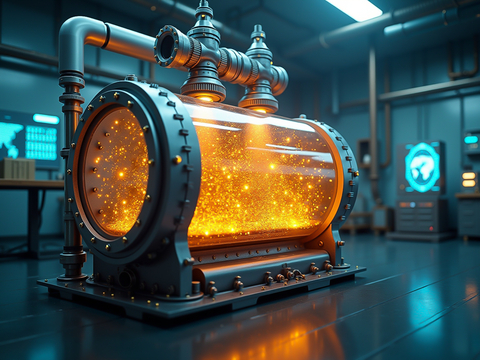
Companies like Commonwealth Fusion Systems (CFS) are leveraging AI in two distinct, high-impact ways.
Traditonally, magnets were designed based on physics principles and then simulated performance. In this shift, the AI is a co-designer from the outset. It explores the design space in ways that are counter-intuitive to human engineers, leading to more stable and efficient configurations.
The Engineering Design Leap: From Simulation to Generative Co-Design
- Generative Design of Magnet Coils: AI algorithms are being used to run millions of simulations to generate magnet coil geometries that minimize “quench” risk (a sudden loss of superconductivity) while maximizing the magnetic field’s ability to hold the plasma stable. This results in coils with complex, non-intuitive shapes that are only feasible to manufacture with advanced robotics and additive techniques.
- Real-Time Plasma Control: The other application is in control systems. AI models trained on vast simulation data can predict plasma instabilities microseconds before they occur and adjust the magnetic field configuration to counteract them. This is a faster and more adaptive solution than traditional pre-programmed control regimes, allowing for a more stable and longer-lasting plasma.
Source and Context:
- Primary Source: Commonwealth Fusion Systems (CFS) Press Release: “CFS Unveils AI-Designed Magnet System for its SPARC Fusion Pilot Plant,” as reported by IEEE Spectrum, April 2025.
Implications for Design Engineers
This signifies AI’s evolution from an analysis tool to a core design partner in hard-tech. For engineers in energy, aerospace, and complex systems control, proficiency in leveraging AI for multi-objective optimization and real-time predictive control is becoming a tangible and valuable skill, moving from theoretical to practical application.
















